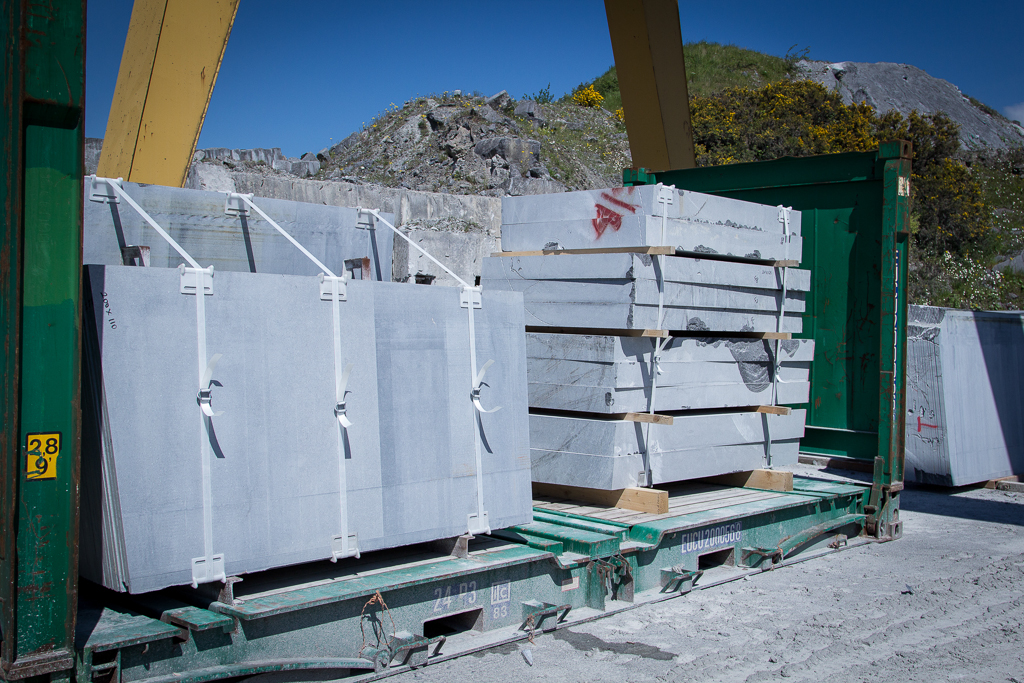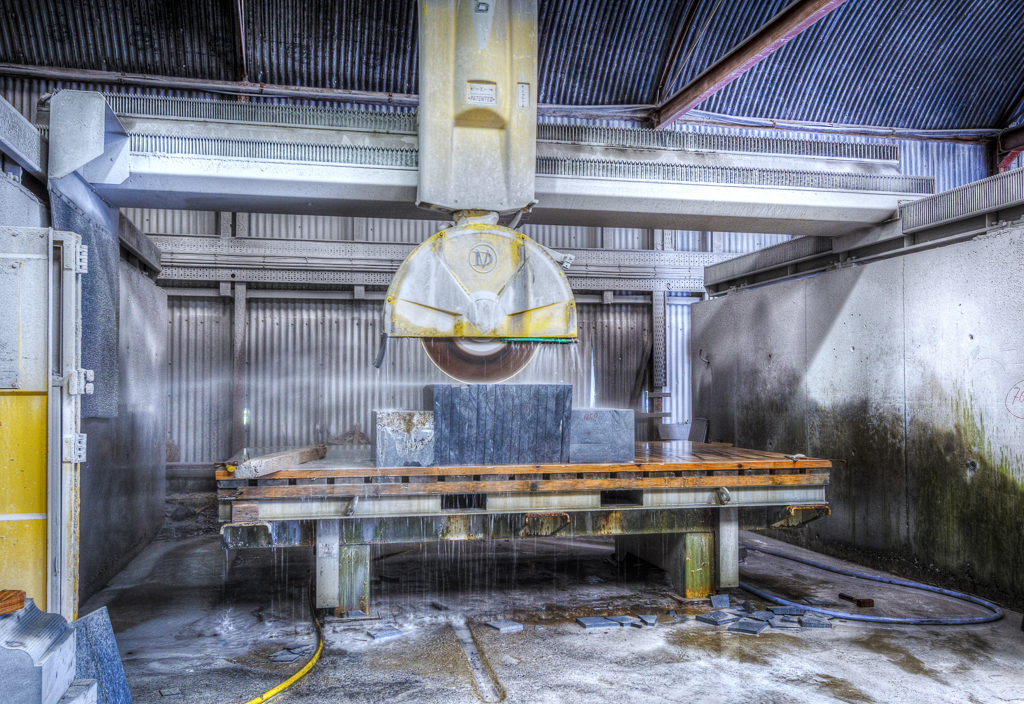
Irish Blue Limestone is a durable material suitable for interior and exterior use in almost all of the countries of Europe. Where the stone is specified for severely exposed applications, stricter quality control must to be applied and a higher grade of Irish Blue Limestone must be used. Exterior water features, like cascades and fountains, and exposed buildings in Northern or Continental Europe, where the wet stone is subject to freeze-thaw conditions, constitute severe applications. Coastal locations, where the stone is subject to salt spray, or paths and surrounds that are frequently treated with de-icing salts or solutions, pose similar problems. Some knowledge of the material; its properties and the manufacturing processes, will help you make the correct choice.
Don’t Panic!
There are very few applications in Ireland that present these difficulties but help is at hand. The most important resource available to specifiers of Irish Blue Limestone are the companies producing the stone. E-mail links or enquiry numbers on the web sites provide a link to the specialists who can give advice on the correct and most cost effective materials and finishes for any project.
Manufacturing Considerations
Cutting, using some form of diamond tipped blade, is the primary manufacturing process for Irish Blue Limestone. The equipment is designed to produce straight and accurate cuts. The most cost effective components are those manufactured using a combination of straight parallel cuts and/or a sequence of straight angled cuts. If complex blind ended cuts are required it may be more cost effective to fabricate the finished article from simpler components or redesign the component to simplify the cutting sequence. Complex curves, where almost all the cutting and finishing has to be undertaken by hand, will be most expensive.
Limitations to Finishes
A wide range of mechanical and manual finishes can be applied to the Irish Blue Limestone. Where uniformity of appearance is essential, components should be designed to be cut from larger mechanically textured slabs. Sides or edges will have to be finished by hand and this can occasionally result in a slightly different appearance.
Polished or honed finishes are not recommended for external use as acid rain, endemic in most of the world, will quickly damage the surface.
How Big? How Soon? How Much?
The quarries produce a standardised slab approximately 2.5 metres by 1.3 metres with 20 mm, 30mm, 40mm and 50mm thicknesses usually available from stock. Thicker slabs are cut to order but have to be scheduled into the production thereby increasing the lead time. Designing individual components to maximise use of the slab will help to minimise the overall cost. Specifying the optimum limestone thickness will have a similar effect.
Don’t Forget!
Sizing of components should take account of the difficulties likely to arise during the fixing. It is extremely difficult for more than two people to lift or place any natural stone building component. The final weight of the individual cut pieces should not exceed 50 kilograms unless a tried and effective mechanical handling system will be available. If one person will be placing the materials individual weights should be less than 25 kilograms.
Successful and effective use of Irish Blue Limestone requires experience and knowledge as well as the flair of the architect or designer. If in doubt use the technical support available from the Irish Blue Limestone producers.

